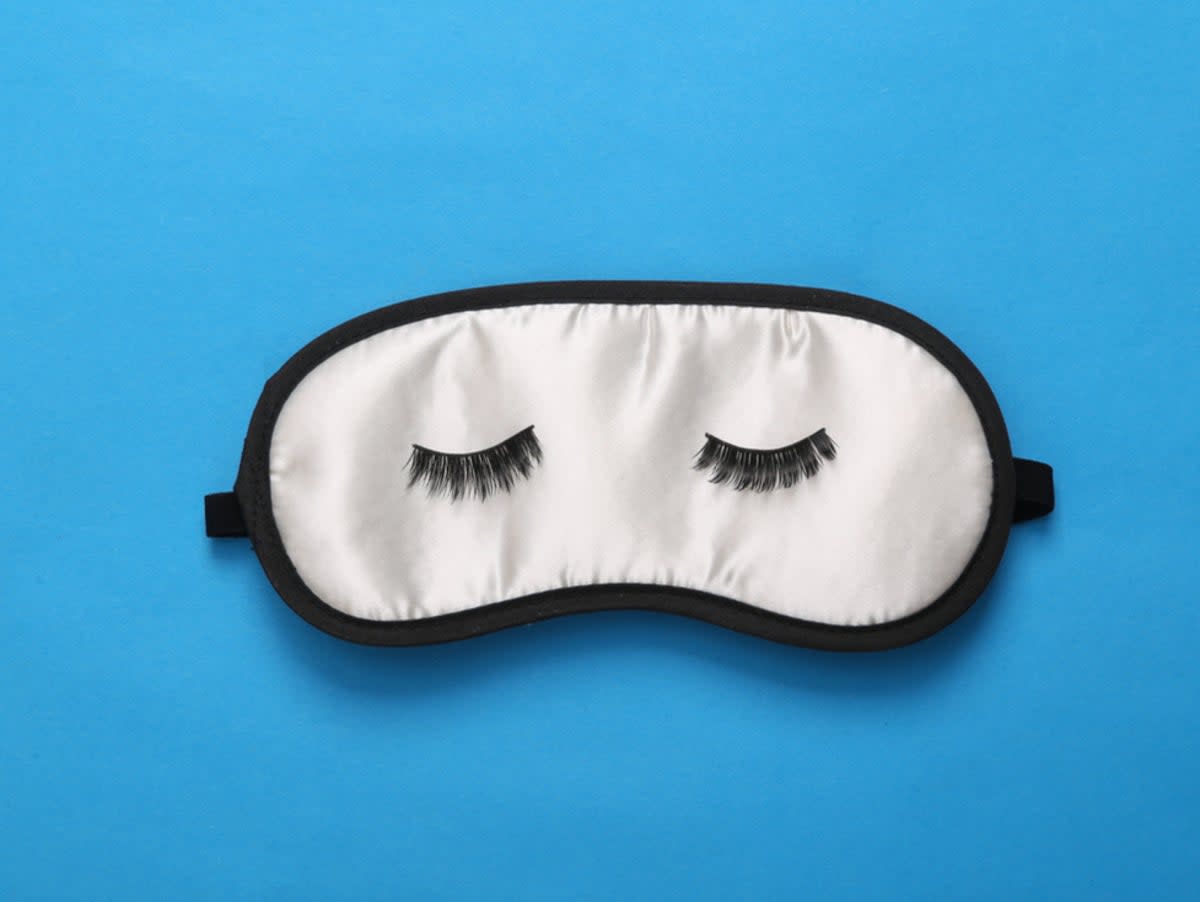Sleepmaxxing takes the pursuit of a good night’s sleep to the extreme

Sleep optimization - also known as “sleepmaxxing” on TikTok - has been steadily growing in popularity as people go to extreme lengths in the hope of a better night’s sleep.
With the overall national sleep time increasing over the past two decades and the numbers climbing more over the past few years, according to an annual federal survey on the public’s use of time, Americans are more concerned with their sleep health than ever. And in this desire for more rest comes a burgeoning, relentless pursuit of the perfect night of sleep.
This fixation has bled into online spheres like TikTok, where the so-called “sleepmaxxing” community - dedicated to the lengths they’re willing to go to pursue a restful sleep - proudly displays the myriad ways to optimize one’s circadian rhythm. Videos often range from the typical expert recommendations of seven hours per night to the filming of one’s nighttime routine, showing off how they maximize their sleep.
One popular “sleepmaxxing” trend has included what users have dubbed the “morning shed,” in which people take off the various contraptions they use to improve their sleep habits, including viral items like a jaw strap or mouth tape. Meanwhile, others have participated in pre-sleep rituals like the viral “sleepy girl mocktail,” a cherry juice and magnesium powder concoction touted to enhance your sleep quality.
Companies have hopped onto the trend, catering to the sleep-curious with sleep tech consumers can wear at night to optimize their rest. From a neurotechnology AI headband, that allegedly induces automatic sleep by noise-canceling brain waves keeping you awake, to a mattress system that can adjust temperature, detect snoring, and wake you up with vibrations, a good night of sleep has never been so attainable - that is if you have the budget for it.
But as sleep tech and accessories have become more lucrative and in-demand, in its wake, a multi-billion-dollar industry has emerged. Many industry insiders told the New York Times that most of these items aren’t as helpful as they claim to be.
“Probably none of these are going to help you get a better night’s sleep,” Vanessa Hill, a behavioral sleep scientist at the Appleton Institute, told the outlet. She has previously consulted for the app Samsung Health and the mattress company Purple. “It’s most important that you’re comfortable. So if some of these things help you feel more comfortable, great.”
Experts have noted that this obsession with “sleepmaxxing” has come at a cost, with researchers finding patients have been increasingly diagnosed with orsothomia as a result of their use of sleep gadgets.
Researchers at Rush Medical College and Northwestern University’s Feinberg School of Medicine coined the term orsothomia in 2017 to describe those seeking treatment for self-diagnosed sleep issues after using sleep tech and wearables to better their sleep. They expressed in the Journal of Clinical Sleep Medicine that orsothomia amounted to a “perfectionistic quest for the ideal sleep,” much like patients with orthorexia, who were diagnosed with obsessive fixation with eating healthy.

 Yahoo Lifestyle
Yahoo Lifestyle 
